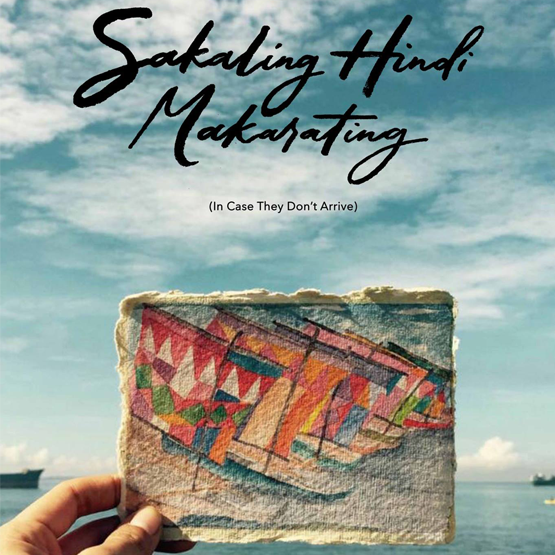QuickFx
Visayas Art Fair 2025 Features Gil Maningo

by Jing Ramos
What sets Gil Maningo apart from his peers is his impeccable use of the challenging gold leaf medium, reminiscent of the Austrian artist Gustav Klimt of the Vienna Secession art movement mainly for its prominent use of gold and lavish scenery. This technique known for its intricate layering adds dimension to the artist’s imagery ,captivating viewers and inviting them into a world of elegance and depth.
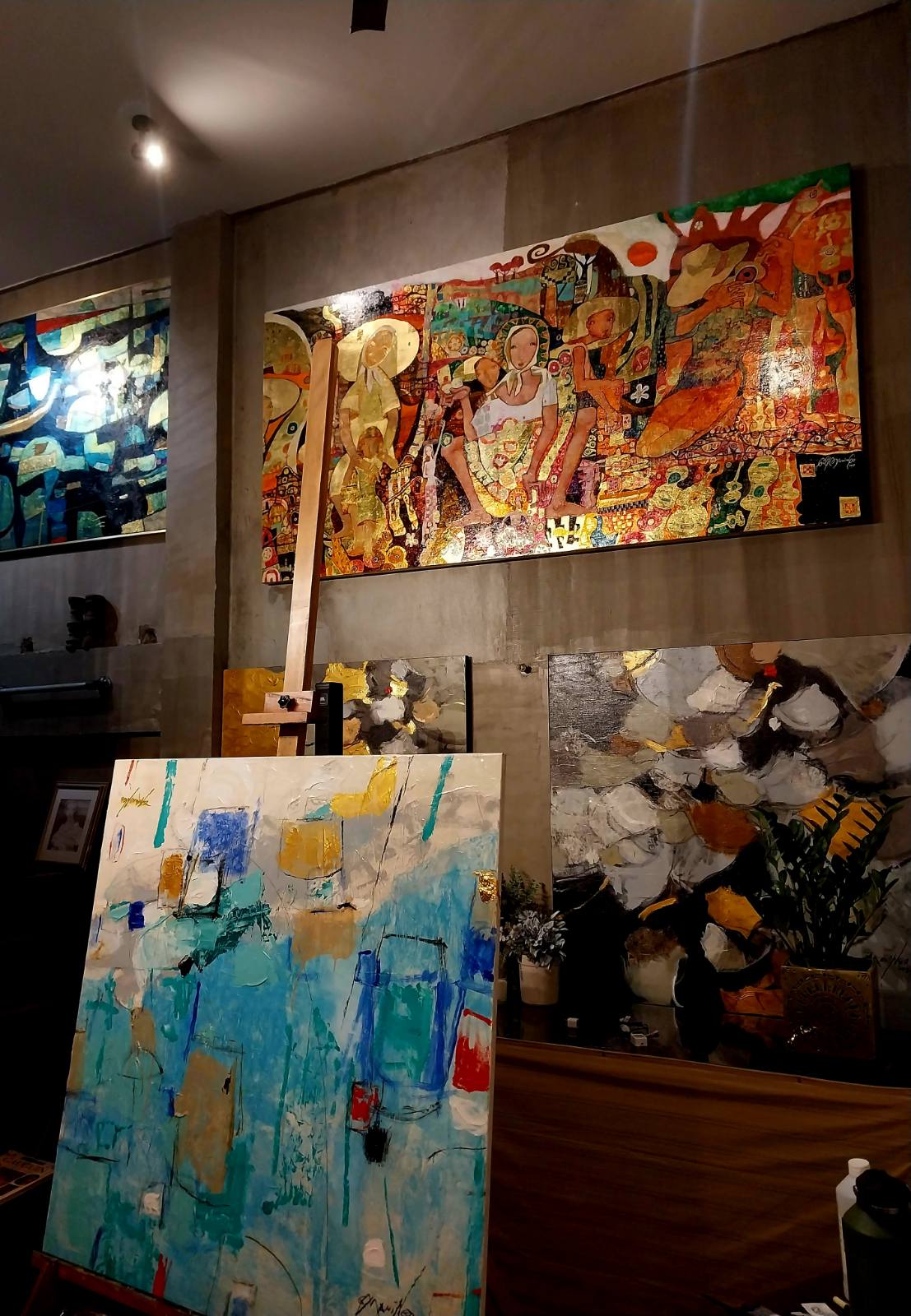
The artist’s studio cluttered with art works in progress.
The artist’s spiritual expression is nearly palpable in his inspired works. His paintings appeal to viewers in a more personal and emotional way with repeated themes in which images are portrayed as part of a cosmic or divine nature.
It was inevitable that Gil Maningo was the choice as the featured artist for the Visayas Art Fair 5,2025. Gil served as a mentor and a source of inspiration for emerging visual artists in the Visayas. This reinforced the importance of bringing the community together as well as support of the artistic landscape.
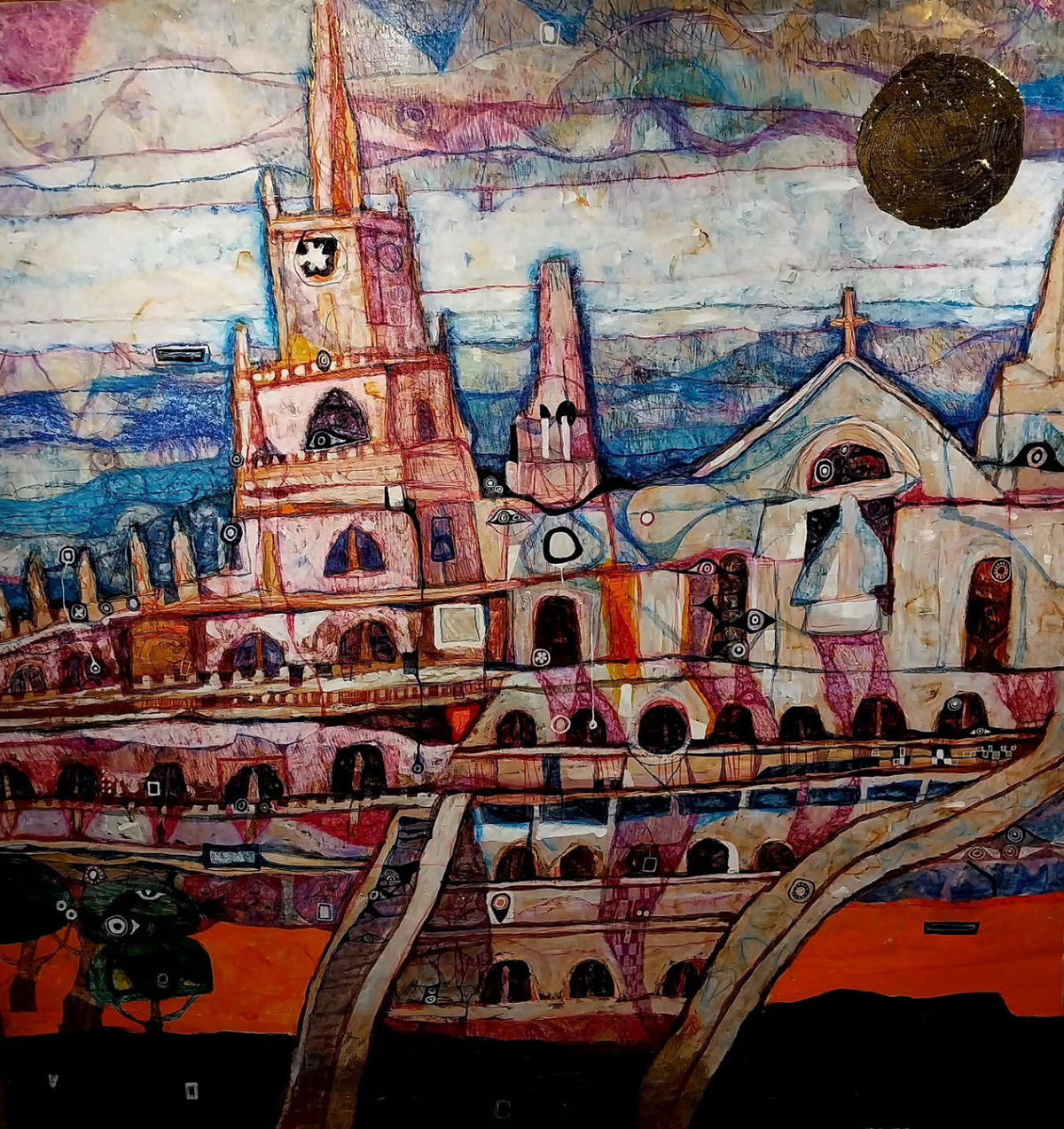
Monastery of the Holy Eucharist by Gil Maningo
To quote Laurie Boquiren, Chairman of the Visayas Art Fair year 5,2025 “Gil Maningo’s choice as artist of the year is a celebration of his extraordinary contributions to the art world and his embodiment of the Visayan spirit. His mastery of the gold leaf medium,cultural representation, spiritual depth and multi -disciplinary approach make him a true luminary in the artistic community. Visayas Art Fair is privileged to showcase his beautiful works and inspire others through his remarkable journey.”
QuickFx
I Lost It at the Movies: Five of the Most Significant Films of the 1960s
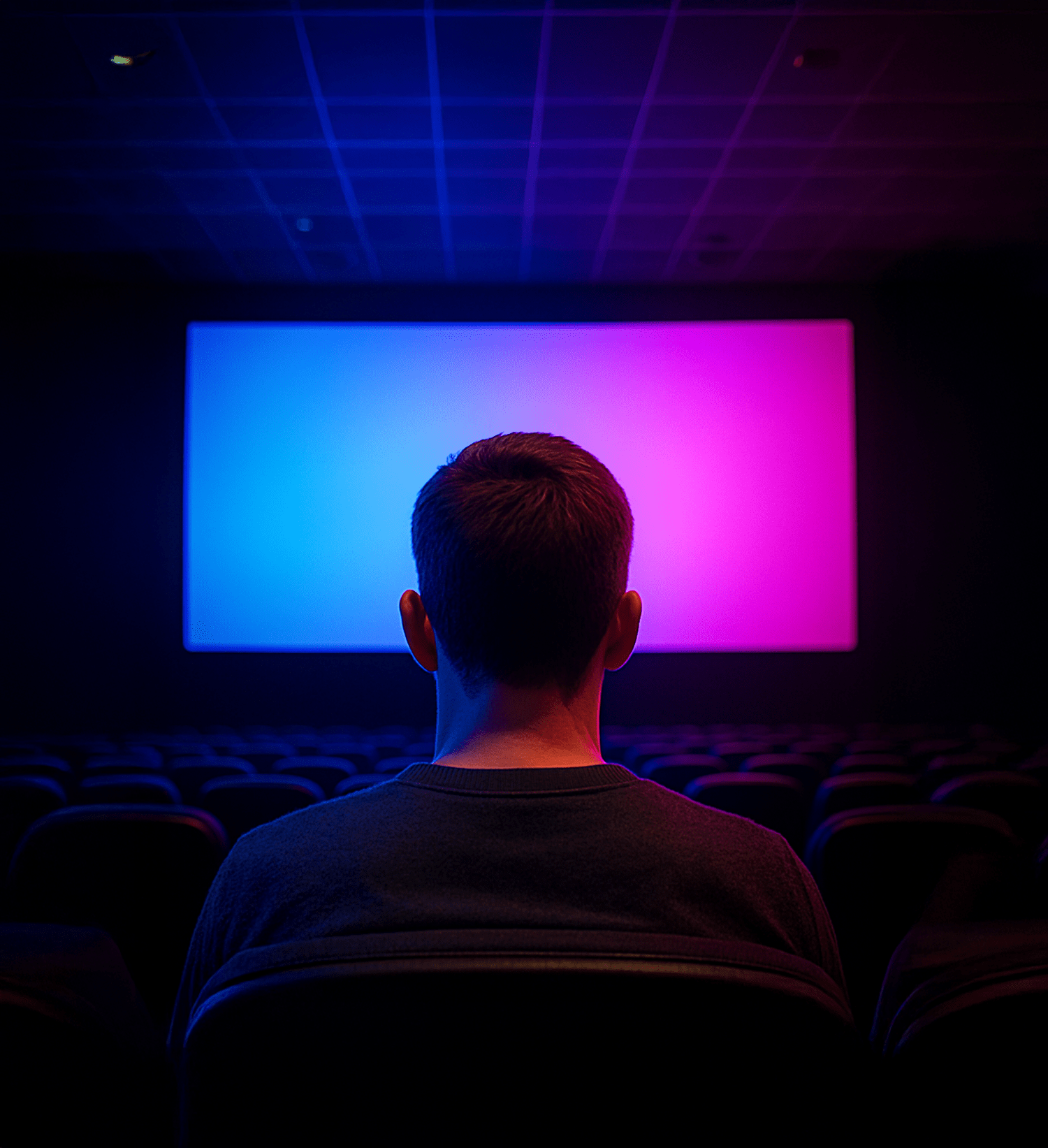
by Jing Ramos
The title of this article is a reference to the erstwhile film critic Pauline Kael, who wrote essays for The New Yorker. Ms. Kael enhanced my interest in film culture, turning me into a self-avowed cinephile through her articles.
Cinema in the 1960s was characterized by the pervasive growth of youth culture and shifting societal expectations. Filmmaking techniques evolved with a novel sense of trial and experimentation in visual style.
Movies captured the era’s spirit, documented the counterculture, and propelled narrative and technical boundaries. It became a platform that defined a generation’s identity and confronted public issues of the time.
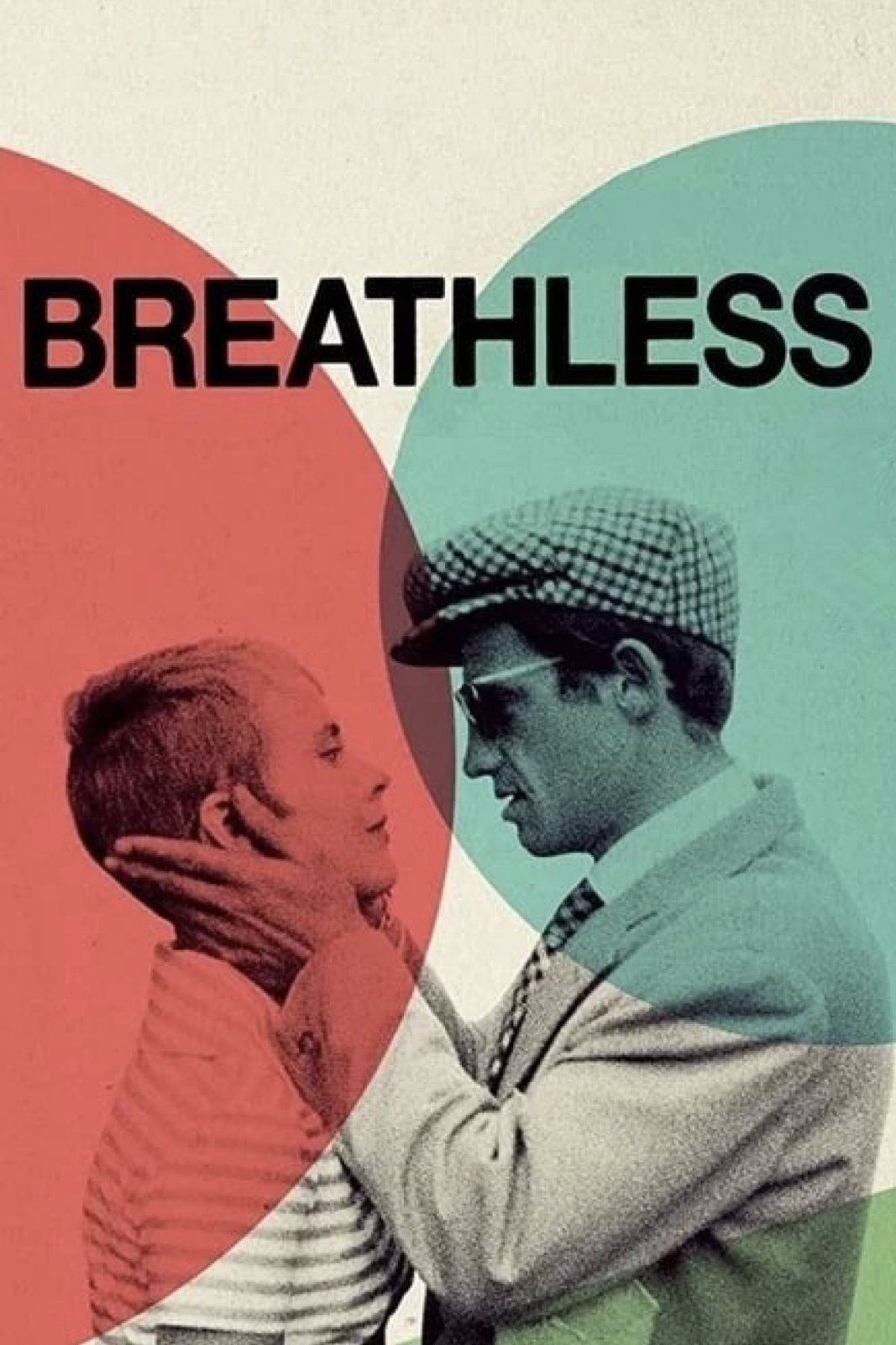
1. Jean Seberg and Jean-Paul Belmondo in Breathless
Jean-Luc Godard’s Breathless attracted global attention for its bold visual style, which included the unconventional use of jump cuts that broke traditional editing rules. The stylistic approach combined themes of alienation and existential freedom. The film became a touchstone for the French New Wave movement and remains as cool now as it was upon its first release.
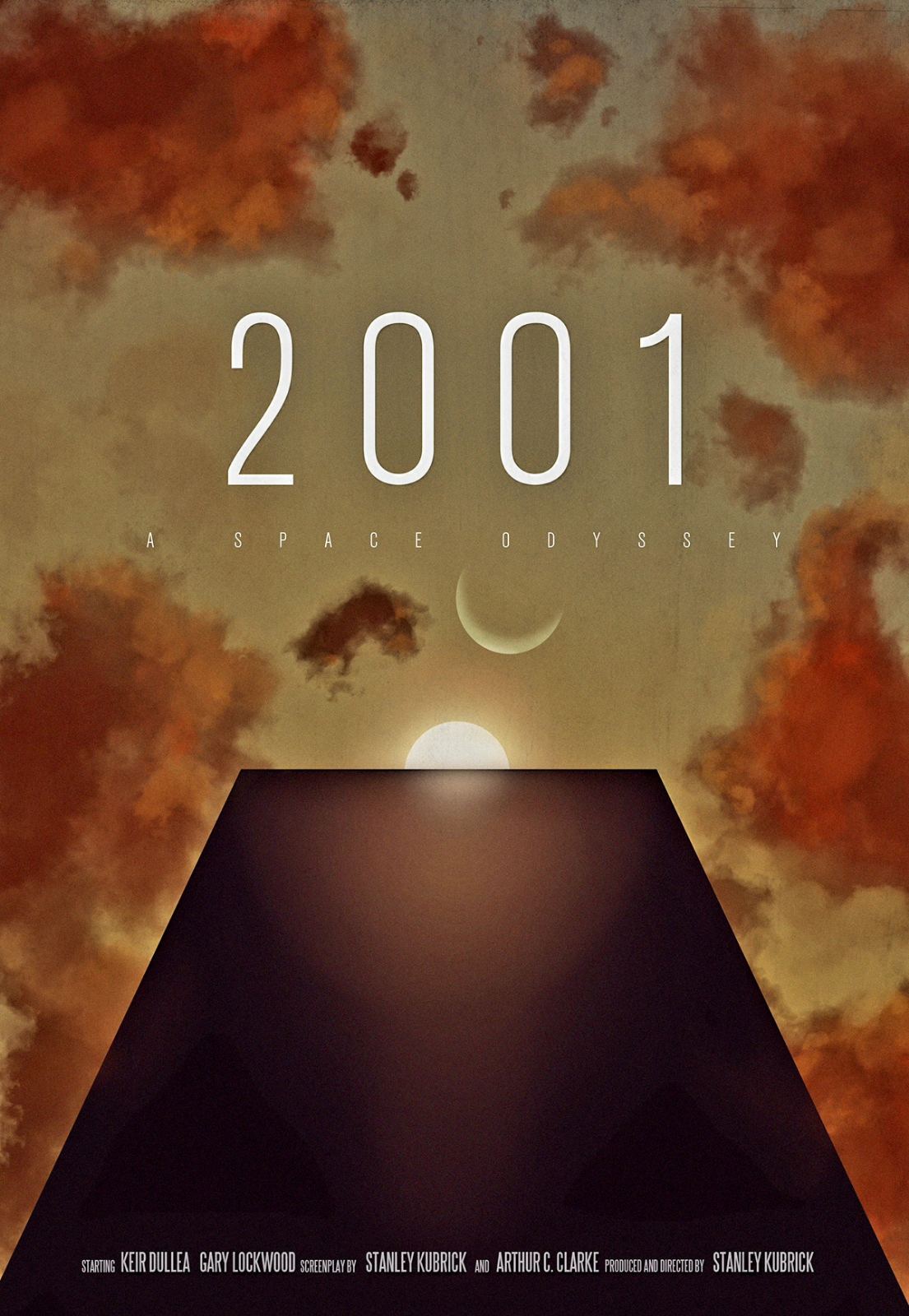
2. Stanley Kubrick’s 2001: A Space Odyssey
2001: A Space Odyssey was credited with having a profound influence on the science-fiction genre. Stanley Kubrick’s film, with its ambiguous, non-linear story and minimal dialogue, encouraged free interpretation of its narrative. It also established a realistic vision of space technology while questioning the validity of advanced artificial intelligence.

3. John Schlesinger’s Darling
Julie Christie’s role as a shallow social climber was likened to the Becky Sharp character in William Thackeray’s classic Vanity Fair. Director John Schlesinger’s version of this engaging story showcased a cynical portrait of the superficiality and ambition of London’s fashion and celebrity scene in the 1960s. The film also won an Oscar for Julie Christie as Best Actress in 1966.
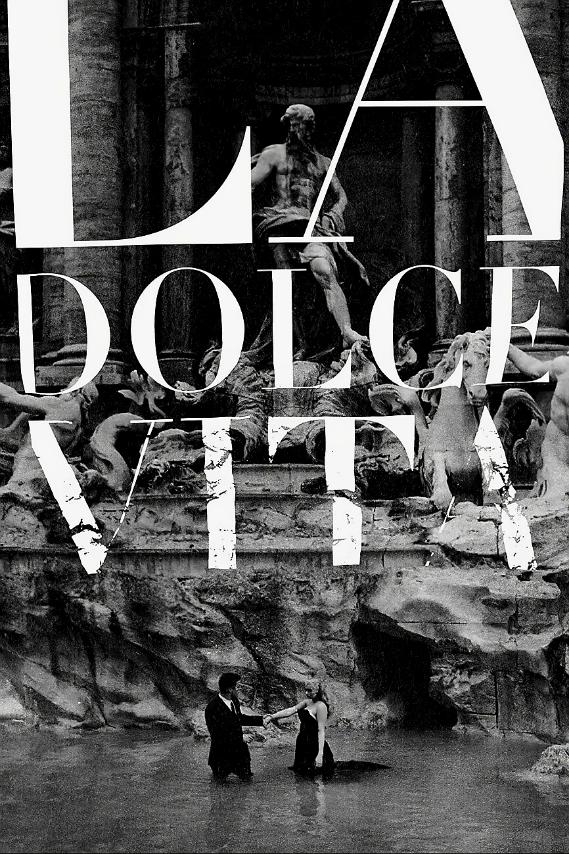
4. Marcello Mastroianni and Anita Ekberg in Fellini’s La Dolce Vita
Federico Fellini’s La Dolce Vita introduced a fragmented structure, shifting from Italian neorealism to a more subjective aesthetic hailed as a masterpiece of post-war cinema. The film’s title became synonymous with a certain kind of glamorous and hedonistic lifestyle often pursued by the paparazzi.
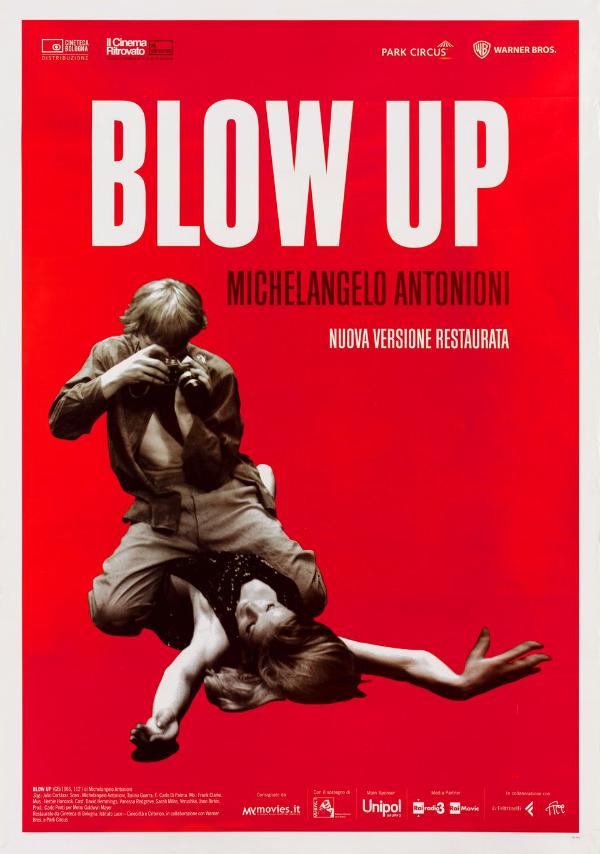
5. David Hemmings and Veruschka in Blow-Up
Michelangelo Antonioni’s Blow-Up disregarded conventional plot structure, creating a psychological thriller that explored themes of perception and reality. The film famously provided a cultural document of London in the swinging ’60s, capturing its vibrant social and artistic milieu—particularly its fashion and youth lifestyle. It also won the Palme d’Or at the 1967 Cannes Film Festival.
QuickFx
Modern Indian Cuisine; Gagan Sethi and Gwen Trott Spice Things Up at Goa Nights in Cebu
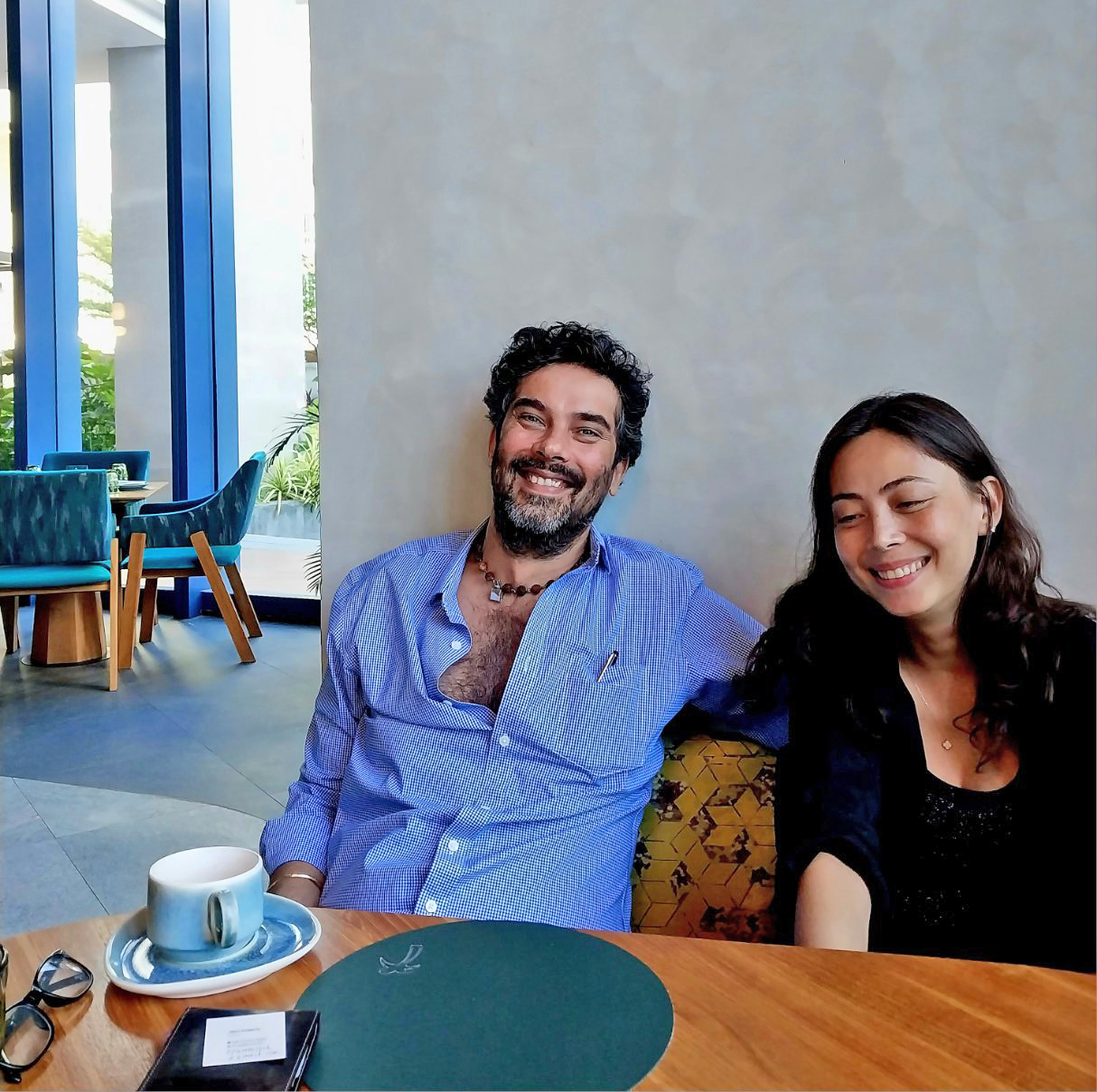
by Jing Ramos | photography Doro Barandino
Modern Indian cuisine is a departure from traditional Indian dishes through innovative techniques, elevated presentation, and inspiration from international flavors. This culinary movement shifts away from overly complex dining toward a more comfortable yet refined experience. It moves away from heavy cream-based sauces in favor of lighter, healthier options using local and seasonal ingredients. The process often involves deconstructing classic recipes and incorporating cultural diversity.
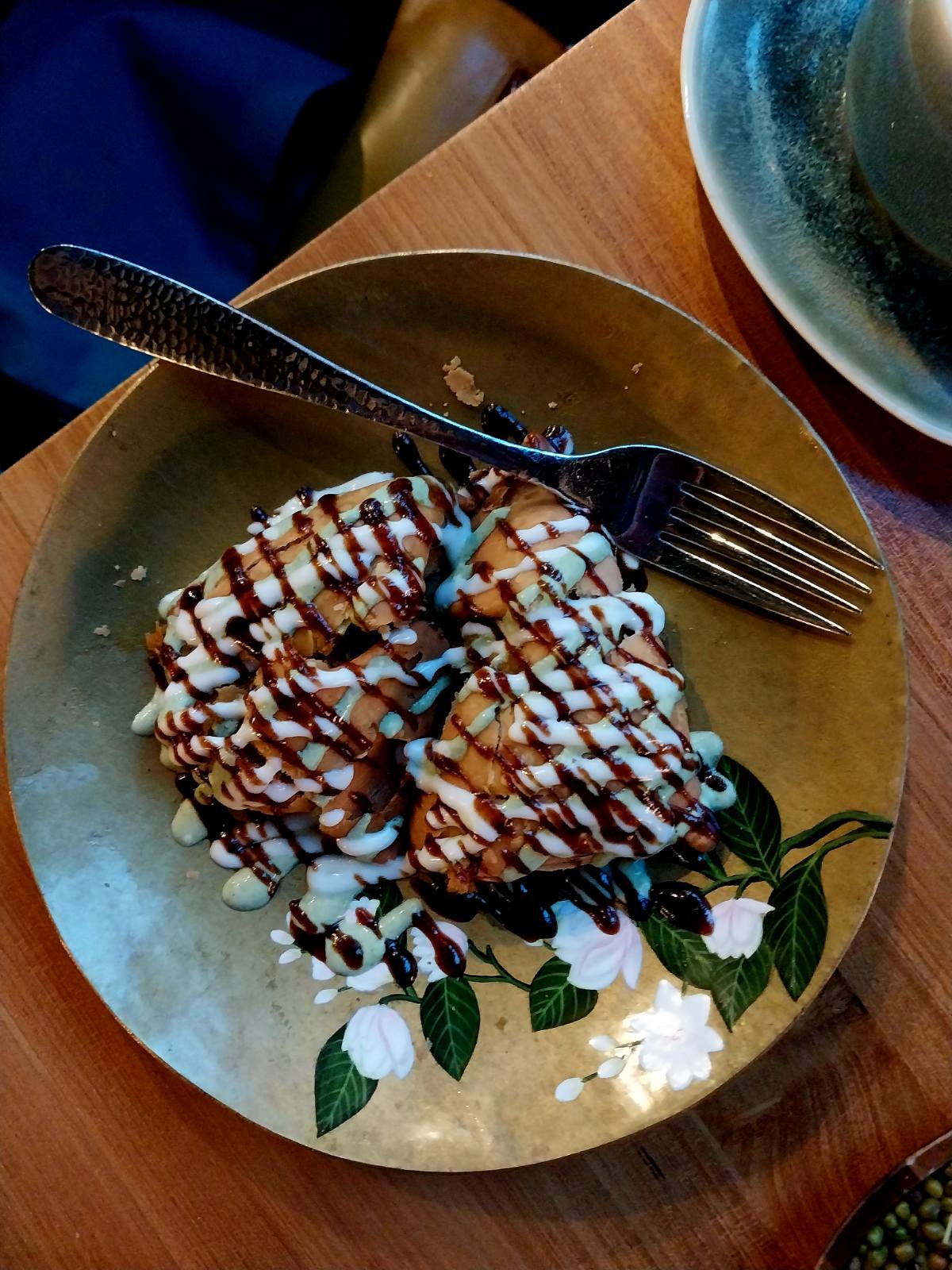
Smash samosas are influenced by traditional Indian street food served on lotus design plates.
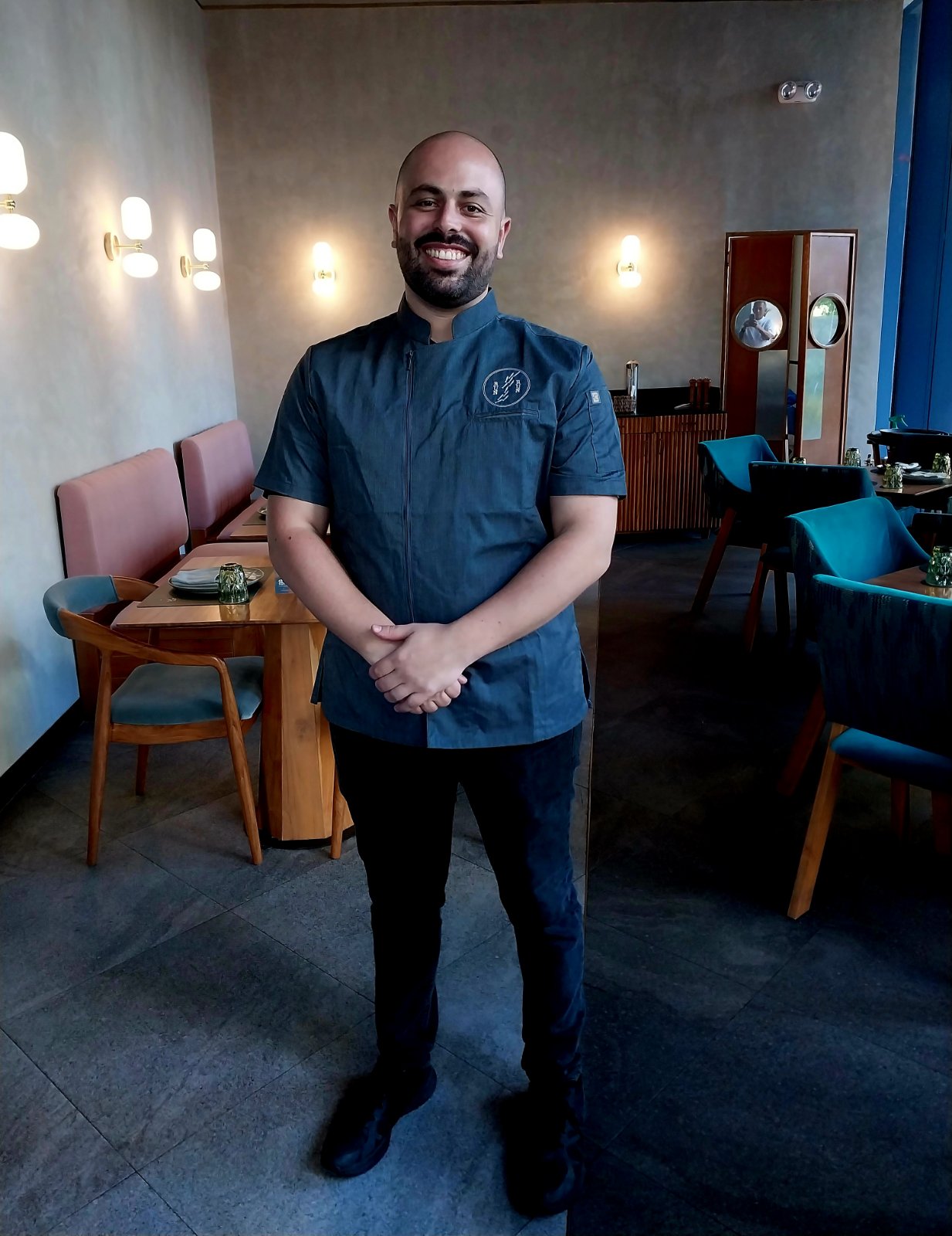
Executive chef Luis Cipriano created a modern Indian menu with clever and playful twists.
Goa Nights has its roots in Old Taipa Village in Macau, where it drew in both local residents and members of the expatriate community. Its prominent address became known as one of the area’s hottest cocktail bars, offering a uniquely hip and varied experience. When one hears of Goa, it typically conjures images of a laid-back beach destination with Portuguese colonial heritage—but Goa is, in fact, a culturally rich Indian state. This multicultural blend has fueled the brand’s expansion as a destination that celebrates the vibrant flavors of Goa.
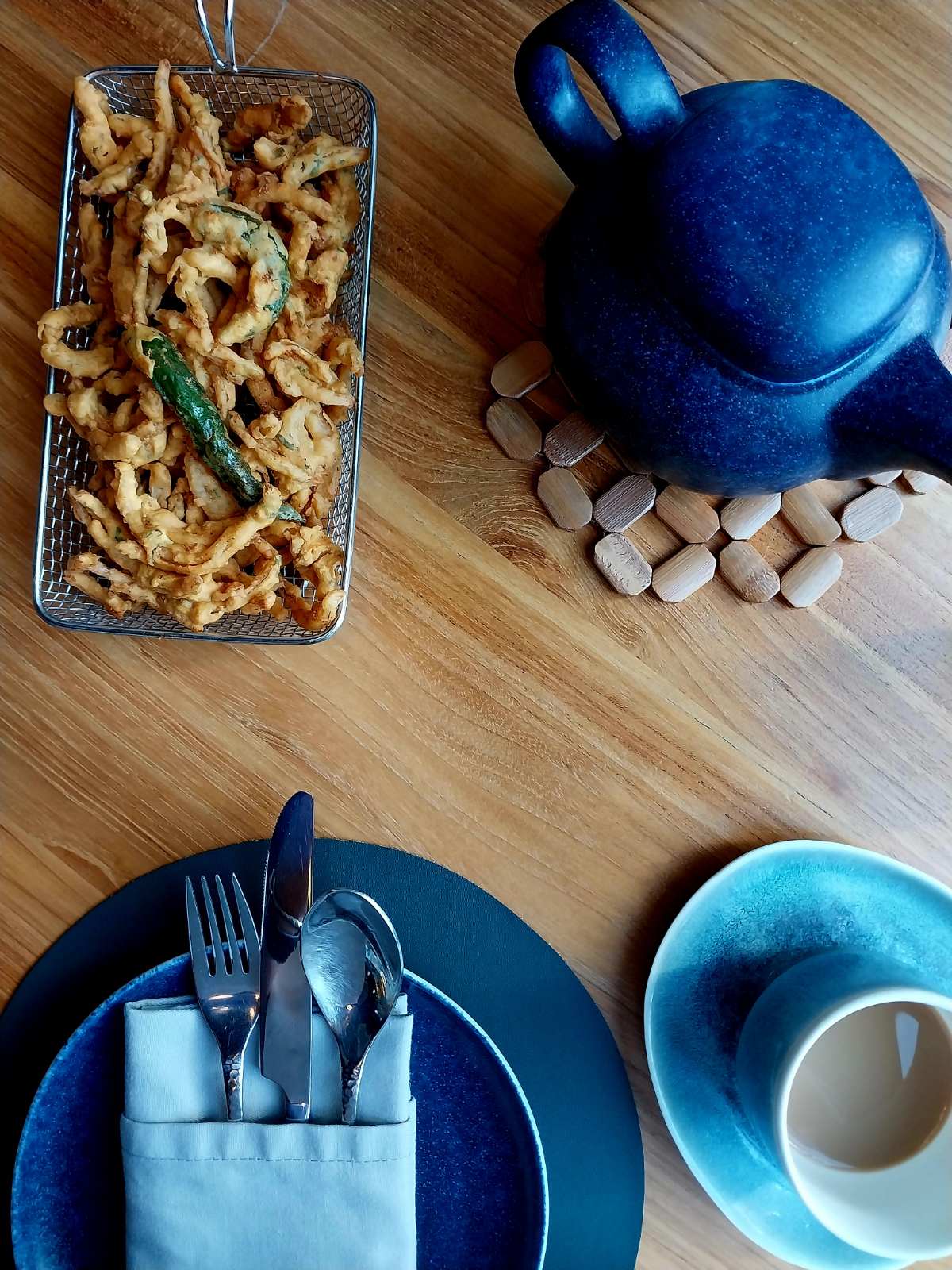
Onion and okra fritters pair perfectly well with chai masala served in blue ceramic teapot with tea cups and serving plates.
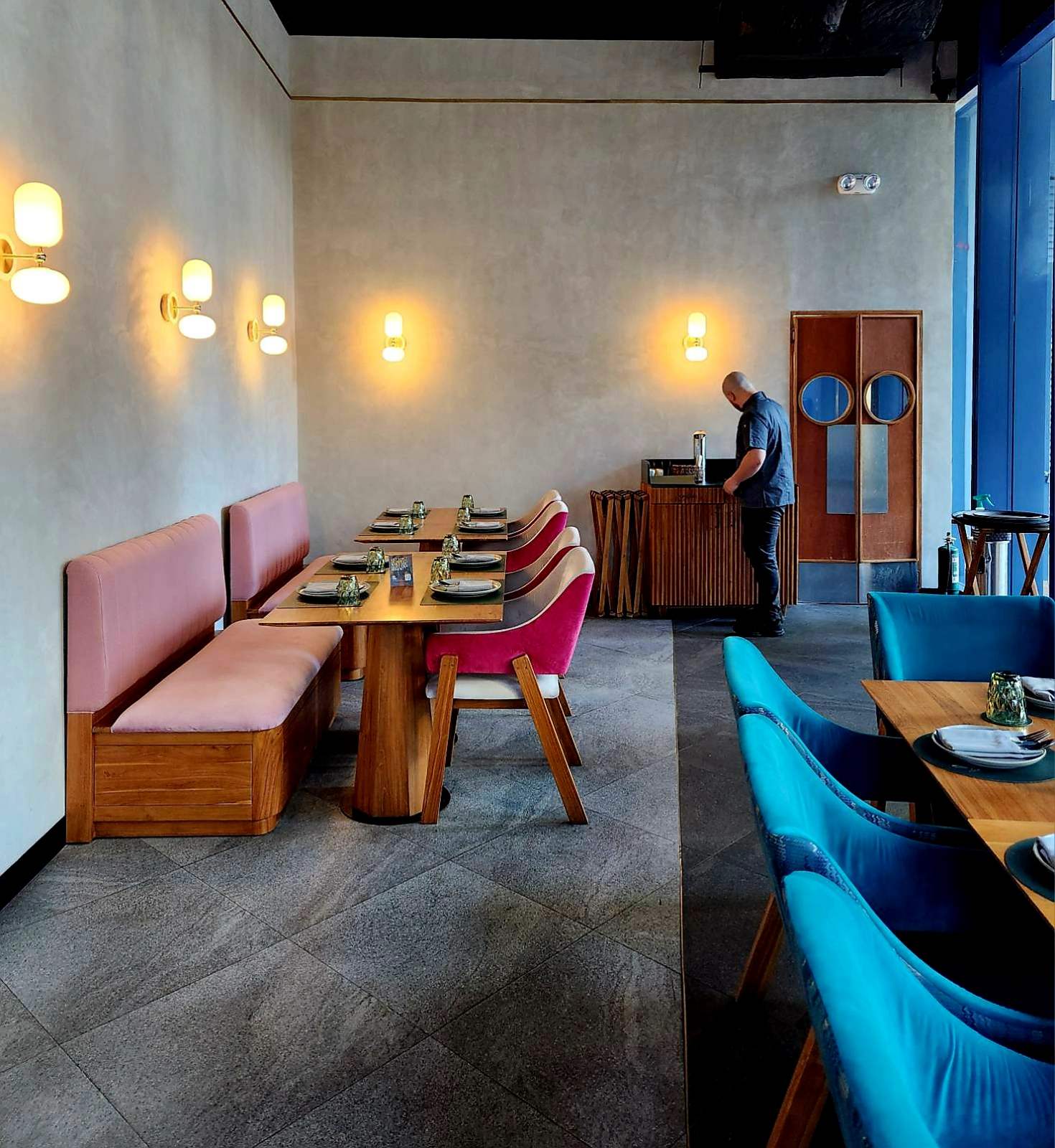
The interior design of Goa Nights borders on the minimalist with a striking use of contrasting color hues.
In February 2024, Goa Nights found a second home in Cebu, bringing the same dauntless spirit with its modern Indian dishes and curated cocktails. Owners Gagan Sethi and Gwen Trott set out to create a rarefied yet relaxed atmosphere, blending current twists on Indian gastronomy with distinctive beverage pairings.
The menu, created by Chef Luis Cipriano, finds its voice by shedding labels and categorizations. Instead, it embraces bold, creative, and globally influenced flavors. “We wanted to keep things fun and a little cheeky, so you’ll find playful twists and the unexpected. It’s still Indian cuisine—but reimagined, new, and highly unpredictable,” the executive chef explains. The food ethos focuses on new techniques and fresh interpretations for an upbeat vibe. Classics are still honored—like the popular set lunch thali, Indian street food bites, comforting favorites like chicken tikka masala, and more dishes from the tandoor—for a clever balance of tradition and innovation. The authenticity of each dish, rooted in its history and culture, transforms every plate into more than just food—it becomes a full experience.
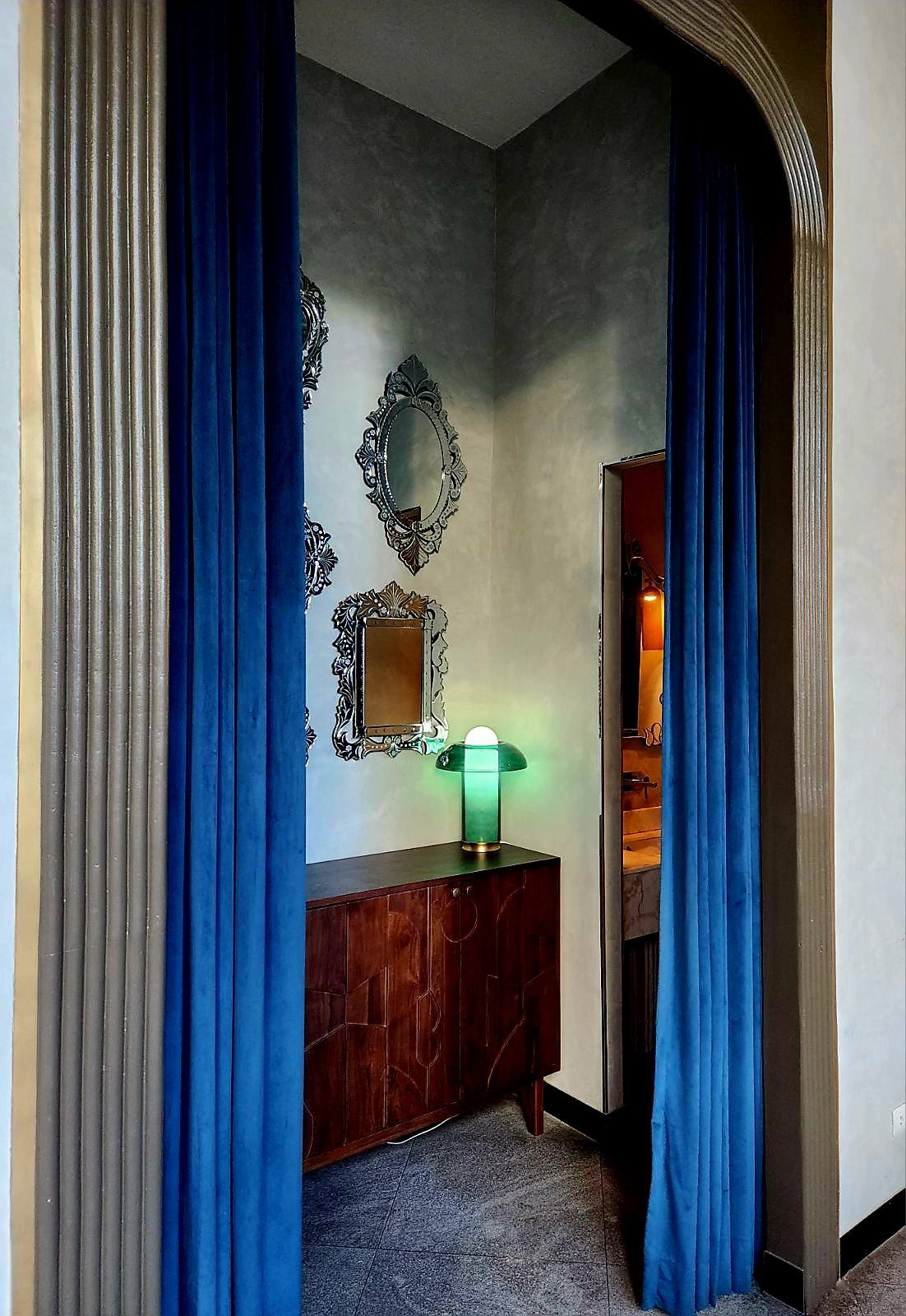
The tall ceiling allows a dramatic entrance to the powder room partitioned by linen damask drapes.
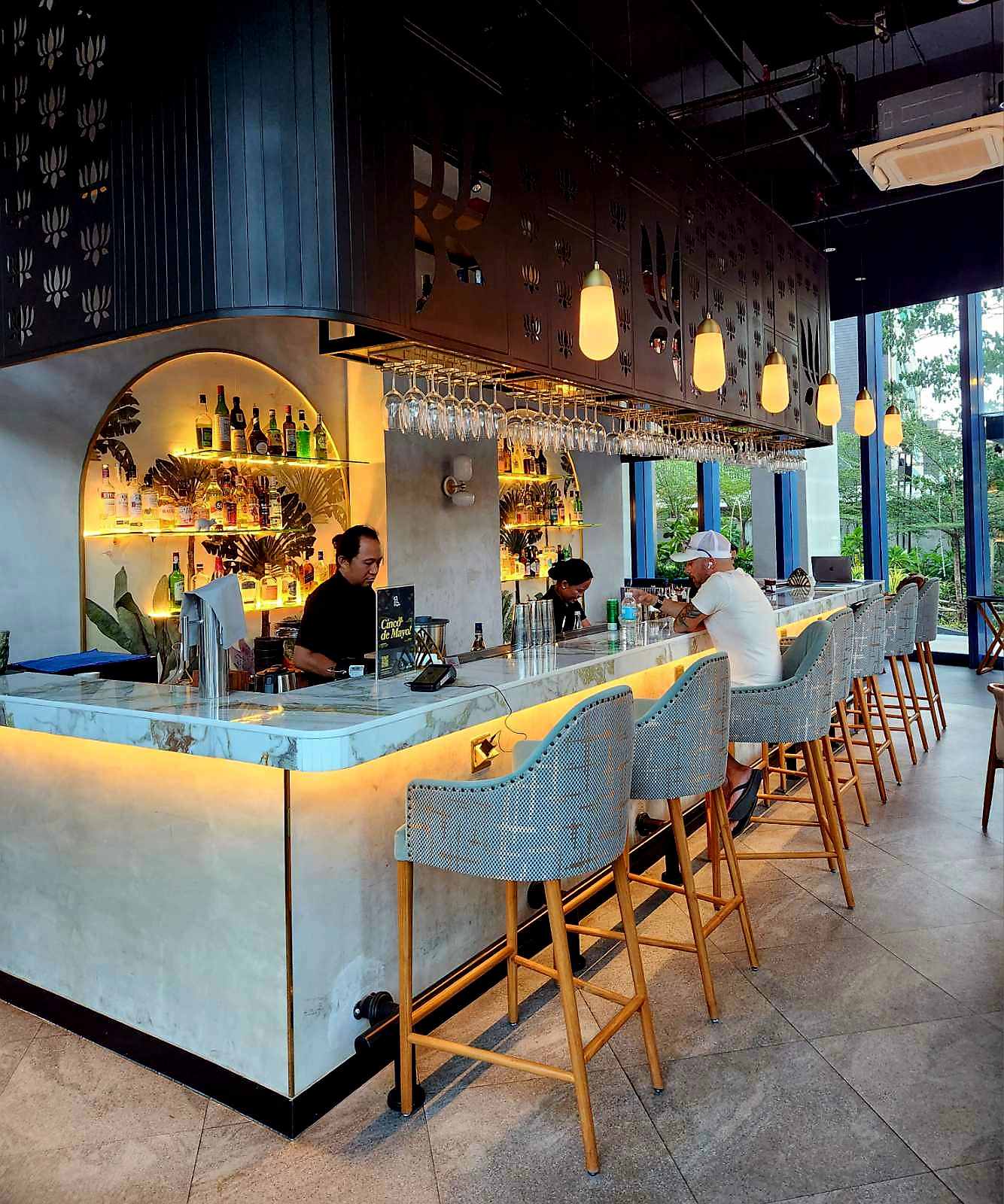
Curated cocktails are served on a well -stocked bar featuring a polished marble counter top.
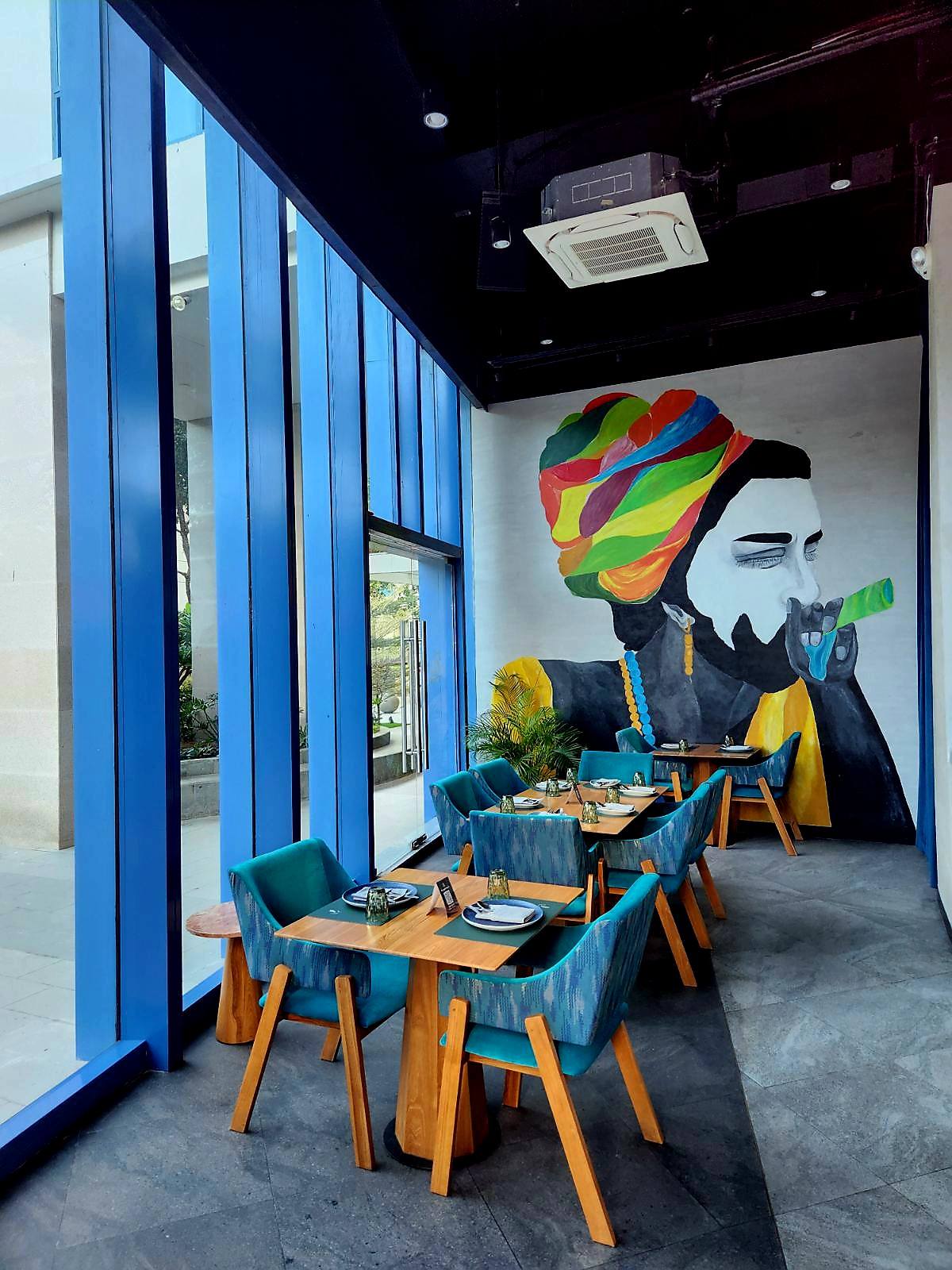
Modernist aesthetics showcase blue -upholstered dining chairs and veneered wooden tables against a visually charged mural.
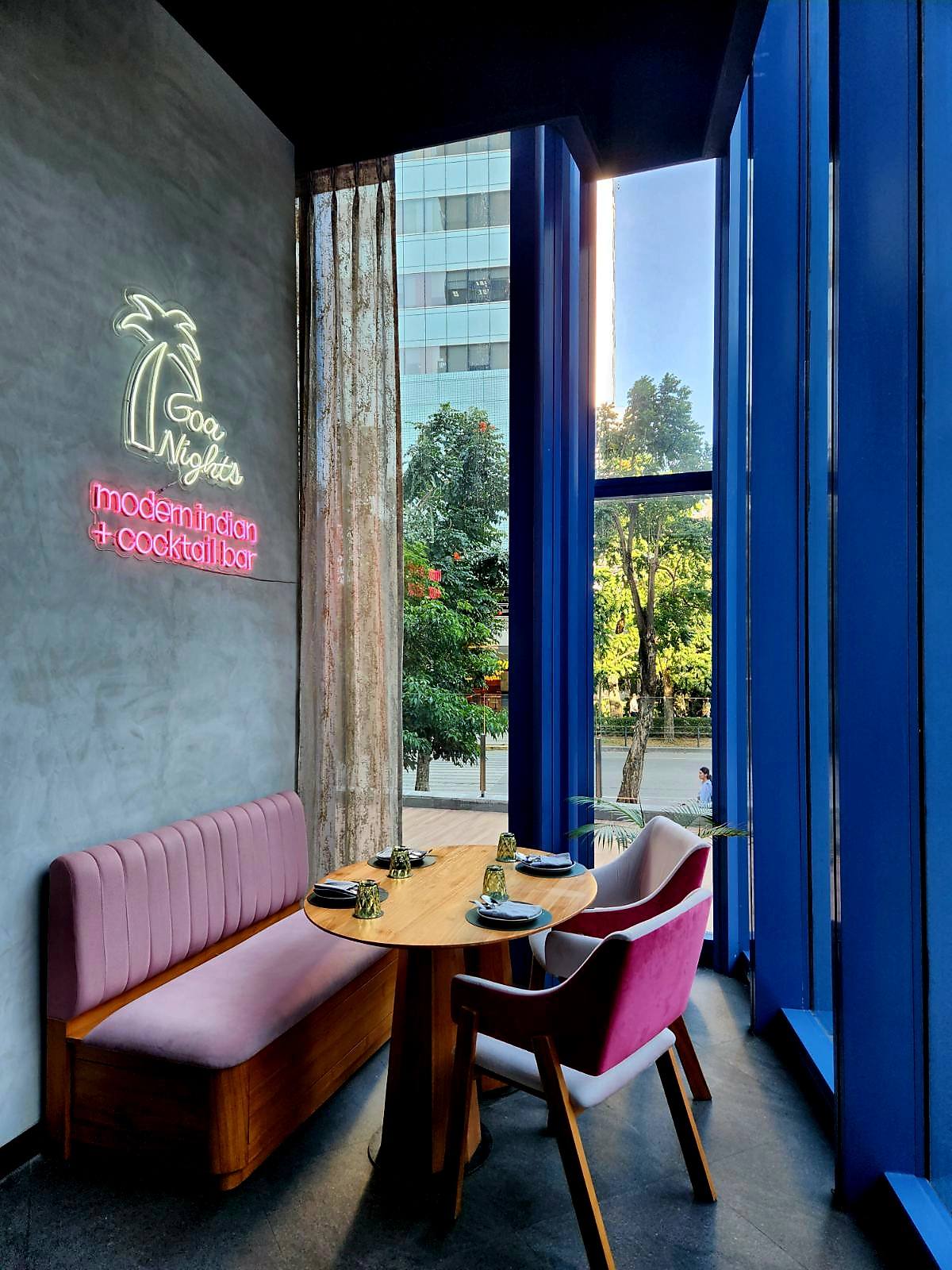
Blue colored steel beams support glass windows that afford street views from a pink colored banquette setting.
QuickFx
Hill Station Baguio-Mitos Benitez-Yñiguez Raises the Bar with a Gastronomic Experience in a Cultural Heritage Building

by Jing Ramos
This iconic restaurant was named Hill Station because of the building’s personal history. Casa Vallejo was built in 1909 as a dormitory for Japanese engineers and workmen who were responsible for the construction of Kennon Road under the American regime at the turn of the last century. The Americans invested in road construction to improve Baguio’s infrastructure.

The upholstery of the dining chairs similar to the color palette of the curtains are a suggestion by Lulu Tan Gan.
Hill stations were usually located in high-altitude areas with a predominantly subtropical climate, similar to other hill stations found in Sri Lanka and India during the British colonial period. Baguio was established as a hill station by the Americans primarily for its cooler climate, which proved ideal for their military servicemen in need of rest and recreation. The hill station also served as a recovery location for men stricken with viruses such as dengue and malaria, often picked up in the lowlands.

Owner and chef Mitos Benitez-Yniguez.
“So my concept for the restaurant—being inside and part of an old historical building such as our setting—was to build a menu that reflected the times when indeed it was a hill station,” owner and chef Mitos Benitez-Yñiguez explains the challenge of creating the restaurant’s fabled menu. “Spanish and Mediterranean food for Spanish colonial times, American colonial when it switched over, Filipino with a twist reflecting our mestizo roots. And basically, I like to introduce certain dishes from my travels around the world. Hence, some entries are North African, some European, Sri Lankan, Thai curries—whatever was inspirational in my travels and the taste of their local food.”

The curtains in swaths of grey and burnt-sienna fabrics are by Jiro Estaniel.
The interior décor of Hill Station Baguio harks back to the American colonial period: painted in all white, with high ceilings and exposed wooden beams in natural tones. This time around, the space has a spruced-up look, with the ceiling redone in a deep shade of taupe. The drapes around the restaurant were designed by interior designer Jiro Estaniel in swaths of grey and burnt sienna fabric. The upholstery of the dining chairs, in a similar color palette, was suggested by fashion designer Lulu Tan Gan.

The buntings hanging on the wooden beams are called banderitas.
There were also multicolored buntings hanging from the wooden beams, called banderitas. Installed by the waitstaff and some bakers from the kitchen every summer for a festive touch, Mitos explains the process of seasonal changes in the restaurant’s look:
“When the monsoon season begins and it starts to pour—usually around July and August—we change the look to classic off-white curtains to brighten up the entire floor. At Christmastime, the restaurant’s look changes again, and we set it up with vintage Capiz shell lanterns in diamond shapes for a totally festive look.”

Hill Station has an extensive collection of black and white photographs by important artists.
The most important facet of the restaurant’s décor is the extensive black-and-white photography by Mitos’ husband, Boy Yñiguez, and his friends and colleagues—giving the space a deeply personal touch. The photographs mounted on the walls are silver prints from the 1970s to the 1990s, all of which are valuable and irreplaceable.
There are works by Tommy Hafalla, famous for his images of people and rituals from the Cordilleras; portraits by Wig Tysman; architectural photographs by Boy Yniguez; and a striking series by Charlie Lenoir featuring Ifugao women and traditional huts. There’s even an Ansel Adams original tucked unobtrusively among the artworks.

The restaurant has a view of a pocket garden right in the midst of Baguio central.
-
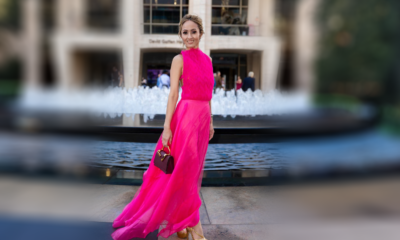
 Style2 months ago
Style2 months agoHappy Melendres Traipsing Around Manhattan in Non-Stop Armani
-

 Arts & Culture2 months ago
Arts & Culture2 months agoKultura. Kapital. Kasalukuyan: Art that Speaks of Today
-
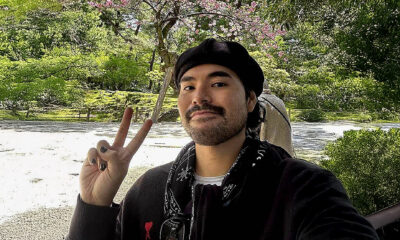
 Prime Target1 month ago
Prime Target1 month agoMiko Sarmiento: Turning Silk Scarves Into Works of Art
-
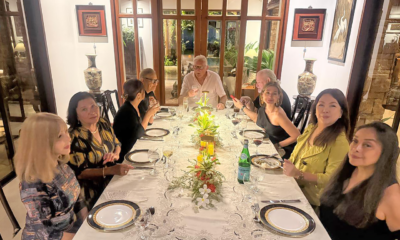
 The Scene2 months ago
The Scene2 months agoAnother Elegant Dinner at Chez Marguerite
-
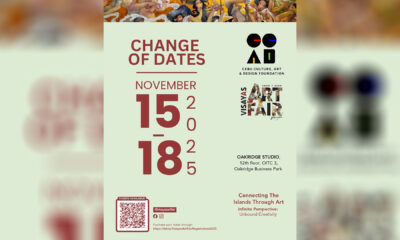
 Arts & Culture3 weeks ago
Arts & Culture3 weeks agoVisayas Art Fair Year 5: Infinite Perspectives, Unbound Creativity
-

 Prime Target2 months ago
Prime Target2 months agoLuna Vdl–Endless Summers in Siargao
-

 The Scene2 months ago
The Scene2 months agoA Stylish Soirée: Cebu’s Elite Celebrate Jackie Deen Lotzoff at Mad Thai
-
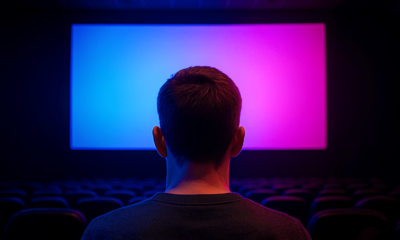
 QuickFx2 months ago
QuickFx2 months agoI Lost It at the Movies: Five of the Most Significant Films of the 1960s







